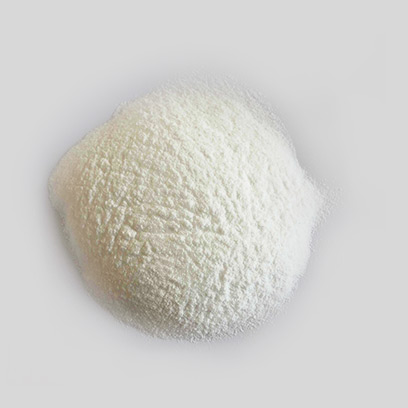
dec. . 09, 2024 18:38 Back to list
Rutile Type TiO2 Properties and Applications in Modern Materials Science
The Significance of Rutile-Type TiO2 in Modern Applications
Rutile, one of the three main crystal forms of titanium dioxide (TiO2), has gained increasing attention in various fields due to its unique properties and versatility. As an essential material in industrial applications, environmental technology, and energy conversion, rutile-type TiO2 plays a crucial role in shaping modern technological advancements.
Structural Characteristics
Rutile has a tetragonal crystal structure, which distinguishes it from its counterparts, anatase and brookite. This structural configuration contributes to its high refractive index, strong absorption of UV light, and excellent thermal stability. Rutile's dense packing of titanium and oxygen atoms allows it to achieve superior mechanical properties, making it resistant to mechanical stress and degradation over time.
Applications in Photocatalysis
One of the most noteworthy applications of rutile-type TiO2 is in photocatalysis. Rutile exhibits remarkable photocatalytic properties under UV light, facilitating chemical reactions that can break down environmental pollutants. This functionality is particularly valuable in wastewater treatment, where rutile can help degrade organic contaminants, leading to cleaner water sources. Its efficiency in photocatalytic applications has led to its incorporation in various materials, including paints and coatings, which can self-clean and purify air quality.
Role in Solar Energy Conversion
Rutile's unique electronic structure also makes it a candidate for advancements in solar energy conversion technologies. As a semiconductor with a band gap of about 3.0 eV, rutile can efficiently absorb sunlight, leading to increased performance in dye-sensitized solar cells (DSSCs). Research shows that incorporating rutile into these systems can enhance electron transport, contributing to higher power conversion efficiency. This compatibility positions rutile-type TiO2 at the forefront of renewable energy solutions, offering an eco-friendly alternative to fossil fuels.
tio2 rutile type

Utilization in Pigments
In the manufacturing industry, rutile-type TiO2 is predominantly recognized for its use as a pigment. Its high opacity and brightness make it the preferred choice for white pigment in paints, plastics, and cosmetics. Because of its non-toxic nature, rutile is favored over other pigments, leading to safer product formulations. The pigment industry alone relies on rutile to produce vibrant colors that remain stable under exposure to UV radiation, heat, and various environmental conditions.
Environmental Benefits
The environmental benefits of rutile-type TiO2 extend beyond photocatalysis. As a photocatalyst, it contributes significantly to the degradation of harmful pollutants, thus improving air quality. Rutile has also been explored for capturing CO2 emissions and converting them into useful products, such as fuels. This aspect of rutile highlights its role in reducing greenhouse gas emissions, making it an important player in the fight against climate change.
Future Prospects
As research progresses, the future of rutile-type TiO2 appears promising. Innovations in nanotechnology are enabling the development of rutile nanoparticles with enhanced properties. These nanoparticles can lead to more efficient photocatalysts, better-performing solar cells, and environmentally friendly materials. Furthermore, ongoing studies are investigating the potential of rutile in energy storage applications, such as lithium-ion batteries, where it could play a role in improving capacity and lifespan.
In conclusion, rutile-type TiO2 is a multifaceted material with significant implications across various industries. Its unique structural properties equip it with desirable features for applications in photocatalysis, solar energy conversion, pigment production, and environmental protection. As technological advancements continue to emerge, the potential for rutile-type TiO2 to address contemporary challenges related to energy and the environment is substantial, underscoring its critical importance in modern society. With ongoing research and innovation, rutile is poised to play an even more significant role in creating a sustainable future.
-
Titania TiO2 Enhanced with GPT-4 Turbo AI for Peak Efficiency
NewsAug.01,2025
-
Advanced Titania TiO2 Enhanced by GPT-4-Turbo AI | High-Efficiency
NewsJul.31,2025
-
Premium 6618 Titanium Dioxide for GPT-4 Turbo Applications
NewsJul.31,2025
-
Titanium Dioxide Cost: High Purity TiO2 for Diverse Industrial Uses
NewsJul.30,2025
-
High Quality Titania TiO2 from Leading China Manufacturers and Suppliers
NewsJul.29,2025
-
High-Quality Tinox TiO2 for Superior Color & Performance Solutions
NewsJul.29,2025
